
It has been 40 years since Lee Osborne climbed into a sprint car competitively, but that doesnt mean hes been sitting on his hands.
Even today he gets up early, heads to the shop and builds upon his reputation as a master fabricator. He may be a member of the National Sprint Car Hall of Fame, but Osborne has always had a soft spot for street and hot rods.
The Spencerport, N.Y., native was active at the drag strip long before he could legally operate a passenger car.
I started drag racing at 15 years old, he said. I didnt have a license, so a buddy dragged me to Niagara, Erie and Dunkirk with a tow bar. I was always a hot rod guy. Thats why I liked the old-style coupe modifieds.
Before he moved to oval racing, Osborne also spent time on motorcycles, competing in a precursor to motocross known as scrambles. However, all it took was a job change, and his racing career moved in a different direction. Osborne first worked at a Chrysler dealership, but he was later approached about a position working on heavy equipment. The company was Turner Excavating, and once there he spied a banged up modified at the back of the shop.
One of the most heralded modified racers in the region was Osbornes future father-in-law Donald Dutch Hoag. One of Dutchs most successful cars was an orange No. 18 owned by Ray and Donnie Turner. Eventually given the green light to put the damaged piece back together, his finished product carried No. 81. It was a number he was associated with for the bulk of his career.
He took to the modified quickly and did not shy away from the fastest and biggest tracks in the East. In 1965 he was the second fastest qualifier in a field of 127 cars at the National Open at the fearsome Langhorne (Pa.) Speedway. It was the first time the prestigious race was contested on pavement. He took on Trenton and Syracuse and topped the NASCAR Modifieds at Fulton Speedway in 1967.
Further underscoring his versatility in 1971 he finished fifth behind Red Farmer in the Permatex 300 for the NASCAR Late Model Sportsman series at Daytona Intl Speedway. This body of work led many to believe he could have made a go of it in NASCAR, but his dream was to race at Indianapolis.
Osborne also developed an affinity for sprint cars. Taking a moment to reflect on what proved to be a turning point in his career, he said: I just like sprint cars. Back then most of the modified racing was on pavement. I had a car that I ran on dirt but most of it was on pavement, and I went to watch a sprint car race at Hamburg New York and decided that this was the car I wanted to run. So, I bought a car from Steve Krisiloff.
In 1969 he checked in at the USAC opener at Pennsylvanias Reading Speedway. Things did not go well. Everything on it was junk, Osborne said, but he sold it as a good car. It was my very first race and the rear end went out. I took it to (Dick Toby) Tobias and he fixed the rear end in his shop. I ran it the next week at Williams Grove and the gearbox went out. Then I blew the motor up. Im just a young guy, no sponsors, no nothing, so it was a shock.
What came out of his misfortune was a deep relationship with Tobias and an intense desire to head to sprint car country. Unfazed by his luck, he packed up and first moved to Etters, Pa., and later to his own shop in Mt. Zion. Toby was really good to me, Osborne said. I ended up working and driving a car for him. I built the jig and from there his first sprint cars. We also built 110 modifieds in one year. That was the first year they went from passenger car frames to two by four frames. That was a rule change at Reading, so everybody followed suit. He figured out how to do it. I worked for him a couple of years, then I had my own shop and started building sprint cars.
With more seat time and better equipment, Osborne began to find his groove in a sprint car. Given the level of competition he faced, it truly was a matter of sink or swim.
When I went to Pennsylvania, it was a whos who of sprint car racing, he said. Kenny Weld and Jan Opperman, Bobby Adamson, Ray Tilley, Paxton and Steve Smith. Everybody was there and everybody moved there because it was the hotbed. It was six hundred bucks to win. Jack Gunn ran things, and everybody migrated there. It was hard because they used point averages so if you were at the top, you started 13th to 16th. It was tough racing.
In 1970, Osborne served notice when he scored 100-lap wins at Eriez, Pa., and Busti Speedway in New York with a new group called the All Star Circuit of Champions. It also wasnt long before he caught the eye of USAC owner and mechanic Wally Meskowski.
In 1971, Meskowski tabbed Osborne for a June date at Williams Grove, and racing under a USAC temporary permit proved to be a memorable affair.
I didnt qualify well, Osborne recalled, but we came from the back to get fifth, got spun out, but fought back. He was happy and asked if I wanted to race at Selinsgrove. In that race, I led for 24 laps and when the yellow flag came out, I had a straightaway lead. Mitch Smith was running second. When we were rolling around under yellow the motor would barely run. All the water was out of the motor, and it stunk. You could smell it. The paint was burned off the heads. I started pointing at the motor Wally told me to keep going, so on the last lap Mitch got around me, and I ended up running second.
Meskowski wasnt easy to impress, but he liked what he had seen and tried to lure Osborne to Indiana.
He called and asked if I wanted to come and run with him, Osborne said. He said I guarantee a sprint car and a champ dirt ride and will try to get your drivers test at the speedway.
There were a couple of problems. First Osborne had built a new wing car and Ed Toth had signed on as his sponsor, and there was also the issue of USACs demand for exclusivity. A move to Indiana was put temporality on hold.
In what he half-jokingly calls a genius move, in 1974 Osborne was prepared to head west on his own. It proved to be a big year. His car was a bit unusual.
I drove a coil over car with four coil suspension and cantilevers at both ends.
It may not have been for everybody, but on a technical surface at Tampa, Floridas Plant Field he waxed the field in the finale of the IMCA Winternationals. Prepared to run the full slate with USAC, he turned heads with a win at Reading in early April and he backed it up at Pennsylvanias Penn National three months later. It was impressive to be the fastest qualifier at any USAC race, but when he was the best on the Indiana State Fairgrounds mile that truly was noteworthy. In what was a very strong year his eighth-place finish netted rookie-of-the-year honors.
During the same season, Osborne had a chance to compete with the Dirt Championship Division (Silver Crown) on the one mile dirt tracks at Syracuse, New York, Springfield, Illinois, and at Indianapolis. Racing with drivers such as Al Unser, Mario Andretti and A. J. Foyt, Osborne acquitted himself nicely with two top-10 finishes.
While he found work in the big cars in 1975 and 1976, he was disappointed when no opportunities arose to qualify for the Indianapolis 500. It was the case of being just a few years too late.
I had a chance in what was called the Serendipity car, he says, but Steve Stapp told me the car was a piece of shit and not to get in it. Then another guy offered me a test and Stapp said that the car wouldnt make a lap. Billy Cassella got in it to take a test and sure enough he never made a lap. Stapp knew what he was talking about.
To make a living at this game he knew what he needed to do. He had to race often, and he also had to focus on building cars. In 1975 he found victory lane on the pavement at Indianapolis Raceway Park and once again at Reading, but he knew now he would never get enough work with USAC. The good news was that as a constructer he was putting out 10 to 15 cars a year out of his Jamestown, Ind., shop.
For years he was assisted by Steve Panarites known to all as The Greek. Today Panarites operates Steves Auto Fab in Osbornes old shop. On the racing side of the ledger, he simply hit the road.
When the first World of Outlaws race was staged at Devils Bowl Speedway in 1978,Osborne was there. He finished seventh in the points in the inaugural year for the series. In 1979, he again competed across the land, but closer to home he also topped the 150-lap Midwest Outlaw Sprint Car Championship at Indianas Paragon Speedway.
Then in 1980, he had his best points position in WoO competition when he ended the year in the sixth spot in the standings. Lee then faced an age-old racers dilemma.
The Outlaws were coast to coast and border to border, he says, and it ate you up if you didnt have a crew. Thus, as the footprint of the World of Outlaws expanded, suddenly a new primary home became attractive.
In 1981, a rebranded All Star Circuit of Champions opened the year in early March at Eldora Speedway and completed a 33-race season at the same location in late September. Osborne used four wins to outlast Fred Linder to claim the championship while a kid named Brad Doty was the rookie of the year.
It was like a big family back then, he said Bert (Emick) was great. He was a good guy, and he really tried hard. It was a good series back then. We didnt have to travel as much, it paid good money, and you raced often, which was the key. You had to race a lot if you wanted to make money. You couldnt run once a week. He had a good thing going. He was very fair. It was good for a lot of the guys who raced who had a full-time job because of the travel.
It was a perfect fit for Osborne who recalls that when he hit the road, it was just me and my wife and maybe Steve (Panarites) or Randy Wolfe. No one had a crew because no one had any money. What Osborne had in his corner were loyal supporters. He had learned how to treat people when he worked for Toby Tobias, and people like future sprint car star Randy Wolfe had started helping Osborne when he was still a high school student.
After taking his first ASCoC title in 1981, Osborne tacked on two more in succession with Fred Linder being his main opposition. It was far from a contentious relationship.
Fred was great, he said. Hes the best. We werent really rivals; we were really good friends. Hes a good cat.
Linder concurred, noting, That was all quite friendly. When they came to Fremont they stayed at our house, and when were in his territory we stayed at his place.
No one, Bert Emick proclaims, was as important in his early days at the helm as Lee Osborne. He was my biggest asset, Emick said, his knowledge and his faithfulness were important. He ran with me at every race those first years. There were times when we first started out that we had a shortage of cars, especially when we went East. But he stuck with me.
He did, but in 1984 he decided to give the World of Outlaws another shot. That adventure and his career came to an abrupt halt.
I tried to run the Outlaw deal in 1984 and we had a meeting in Oklahoma City. They were going to decide what they were going to do with engines for next year because aluminum blocks were just coming out then and everybody had cast iron blocks and aluminum heads, Osborne explained. Ted Johnson thought we should open it up because (C. K.) Spurlock and (Emery and Kitty) Wisenbaker, all the people who had money, wanted to run aluminum engines and no cubic inch limit and all that stuff. So, he said just raise your hand if you want to run a 410 iron motor, or 410 aluminum motor, or unlimited aluminum motor.
The majority raised their hand for a cast iron block and aluminum head motors because we had them. Then we get done with the meeting and he says it looks like we are going to unlimited motors next year, Osborne added. Sammy (Swindell) had a couple, and Spurlock had them. You could run with them, but you couldnt pass them. You could have all the corner speed and run wide open in the corners, and they would go down the straightaway and were a car length faster. Not a lot, but you werent going to win.
It was hard enough when we had the same motors, but when there were two or three guys with that stuff, it just eliminated everybody. I told my wife it is going to cost 50 grand to get a motor and stay in that series, and Im just not going to do it anymore. I was burned out.
There were moments when he felt that perhaps he had bowed out a bit too soon, but he was building race cars, and even had a star pupil under his wing. John Bickford called on Osborne to build a sprint car for his stepson Jeff Gordon.
I think we helped him quite a bit. Osborne said. We helped him learn the differences between a quarter midget and a sprint car, but John Bickford was pretty sharp too. Jeff actually lived with us for one whole year before they bought their place in Pittsboro. He graduated from high school with my kid, and at that time I had a cottage up in Michigan and he would go up with us in the summer and water ski.
When it came to racing Osborne said: I would go over on Thursday and help set the car up, when he got back, we would critique the race. My son John went racing with him for four or five years.
At first, Osborne wasnt so sure this would work out.
I thought he was too small to drive a sprint car, he said with a laugh, when we built his first car, and we built a 12 inch wide seat and put it inside a regular seat so he could drive it. I thought he wasnt going to make it, then he goes down to Haubstadt and wins the race.
When it looked like the road to Indianapolis was closed, Osborne suggested to his young charge that it might be wise to look south. The rest is history. Bickford and Gordon invited Osborne to a big event, put on team apparel and watch the race in luxury. He always declined, noting, Im not a team shirt guy that goes to the suite. Im a T-shirt guy that goes to the pits.
Still, there is some pride, He was a hell of a racer, and I probably did my little part for him when he was racing.
Today as he approaches 80 years old, there are still hotrods that demand attention, and he recently offered advice to fellow National Sprint Car Hall of Famer Jon Stanbrough who was in the midst of tricky fabrication problem of his own. He has no thoughts of slowing down.
You cant quit, he said. You have to keep rolling. Today he lives in Penn Yan, N.Y., in a house that overlooks Keuka Lake. Years ago, he had dated the daughter of Dutch Hoag, and after they had gone in different directions they were reunited and have been married for over a quarter century. He has no complaints. It has been a great life, he says, I couldnt script it any better because I got to race for twenty years and when I quit racing I got to build hot rods. I will keep doing that until I tip over.


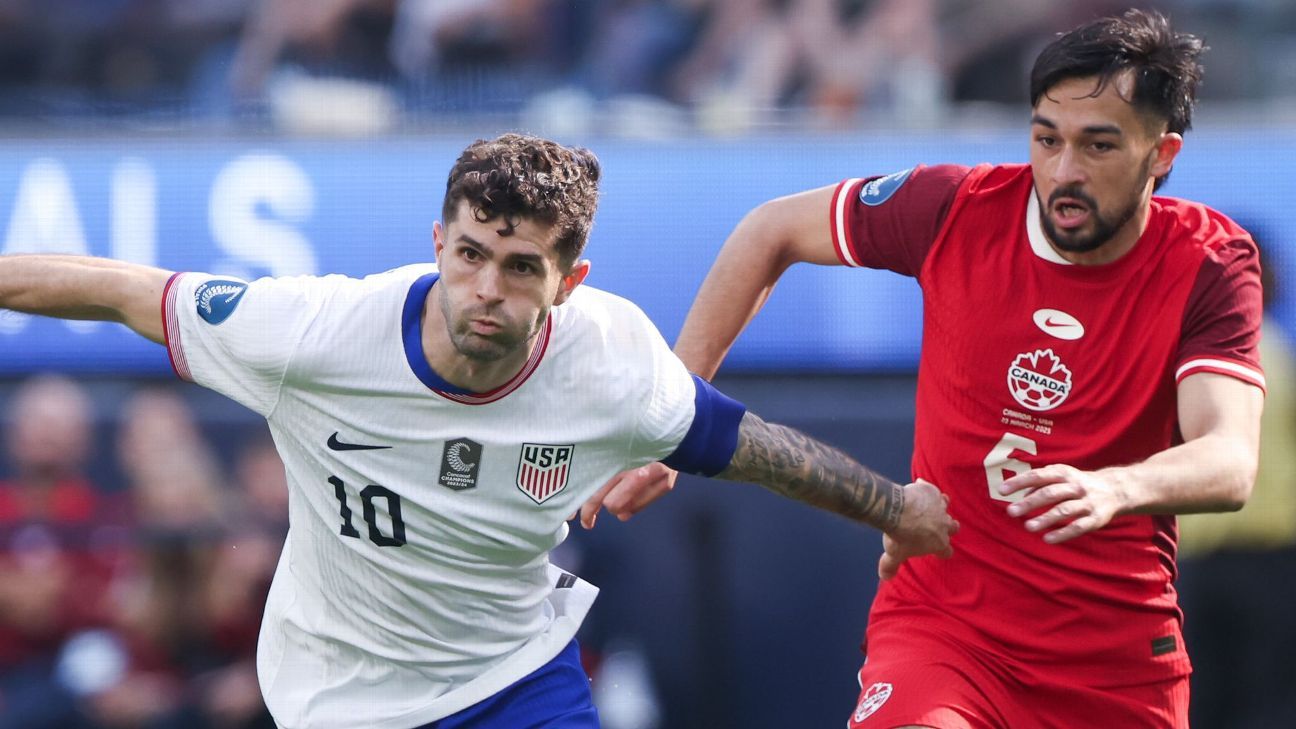
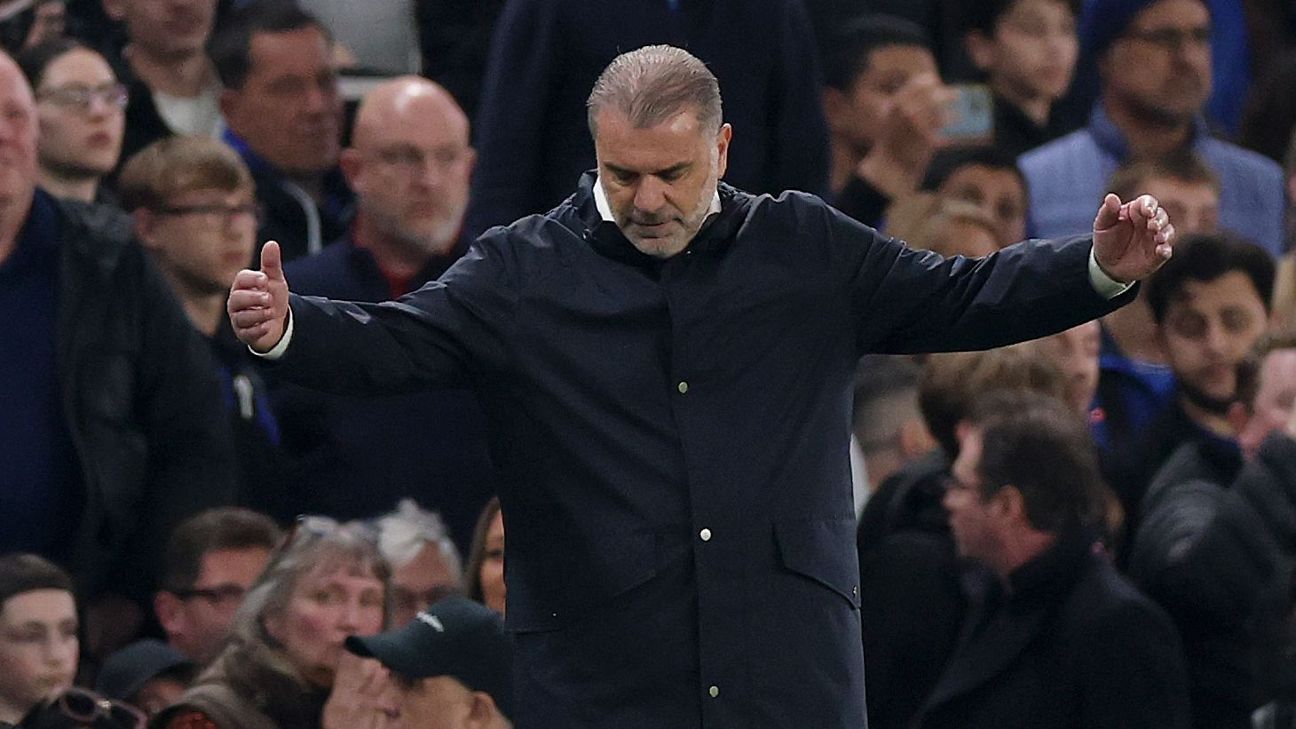
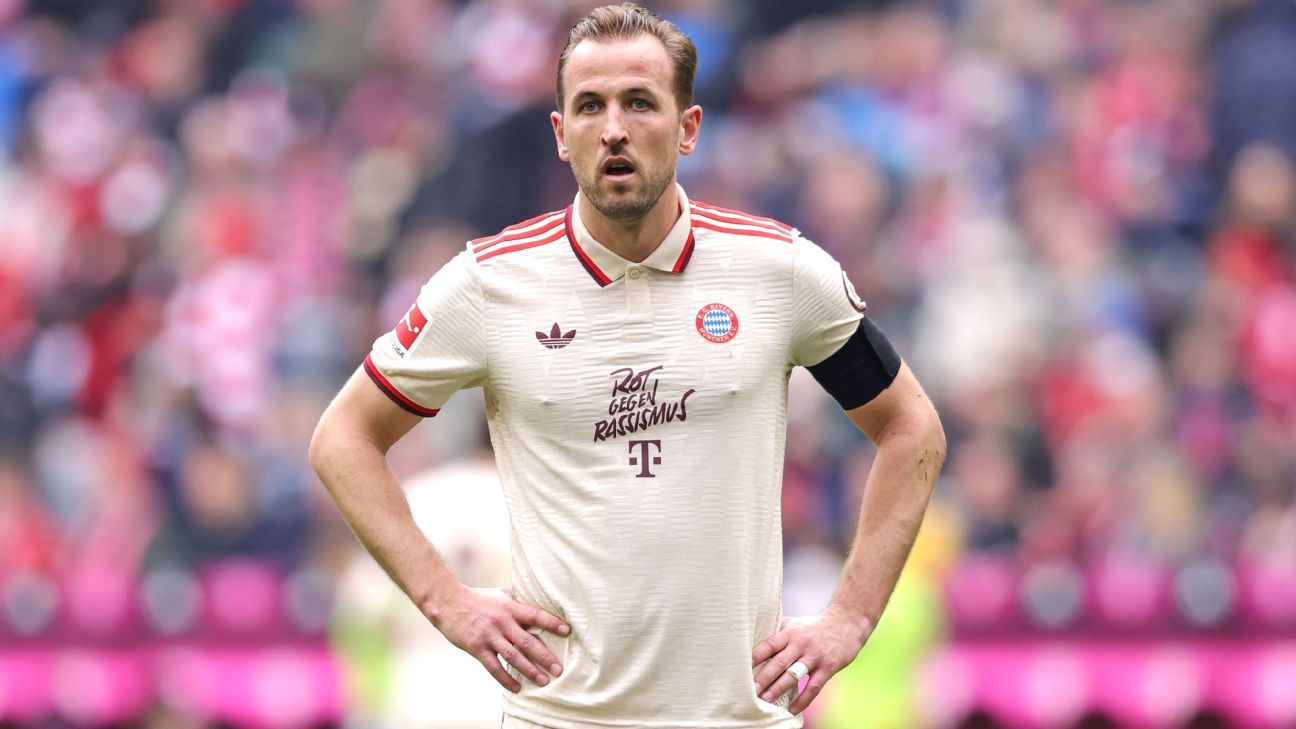





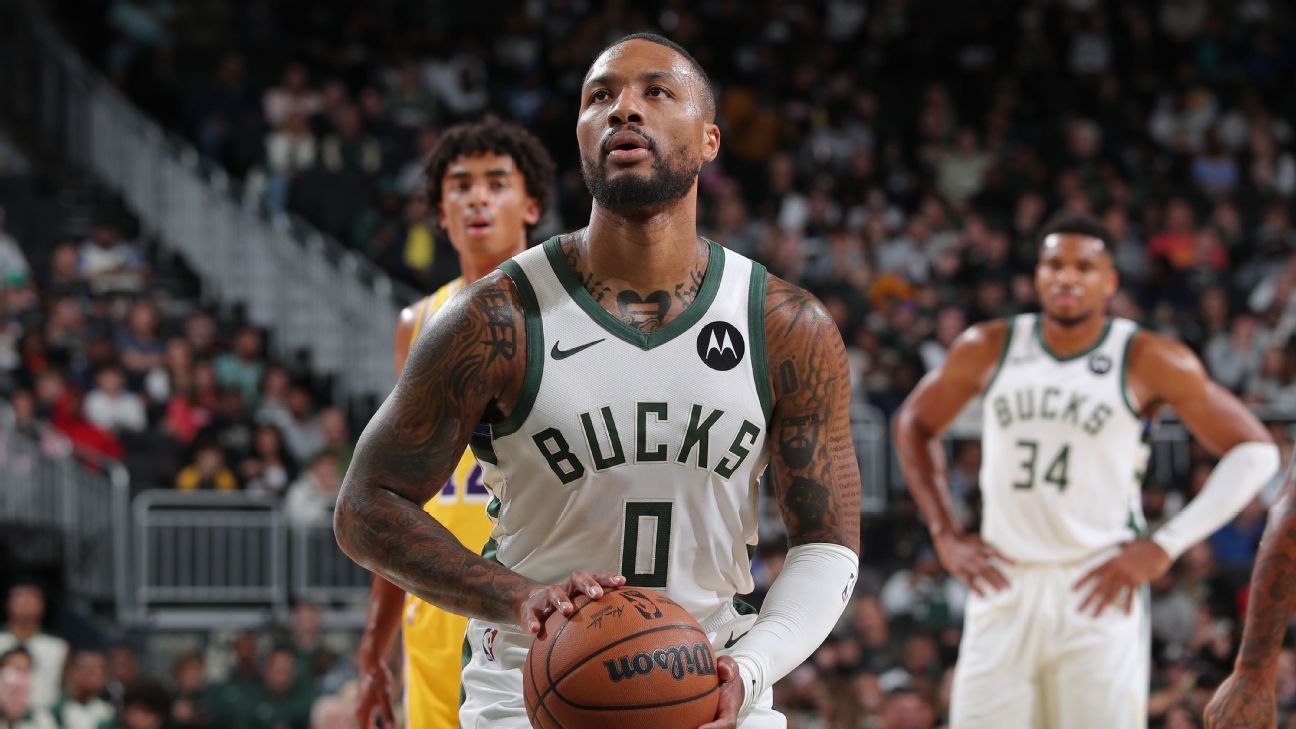


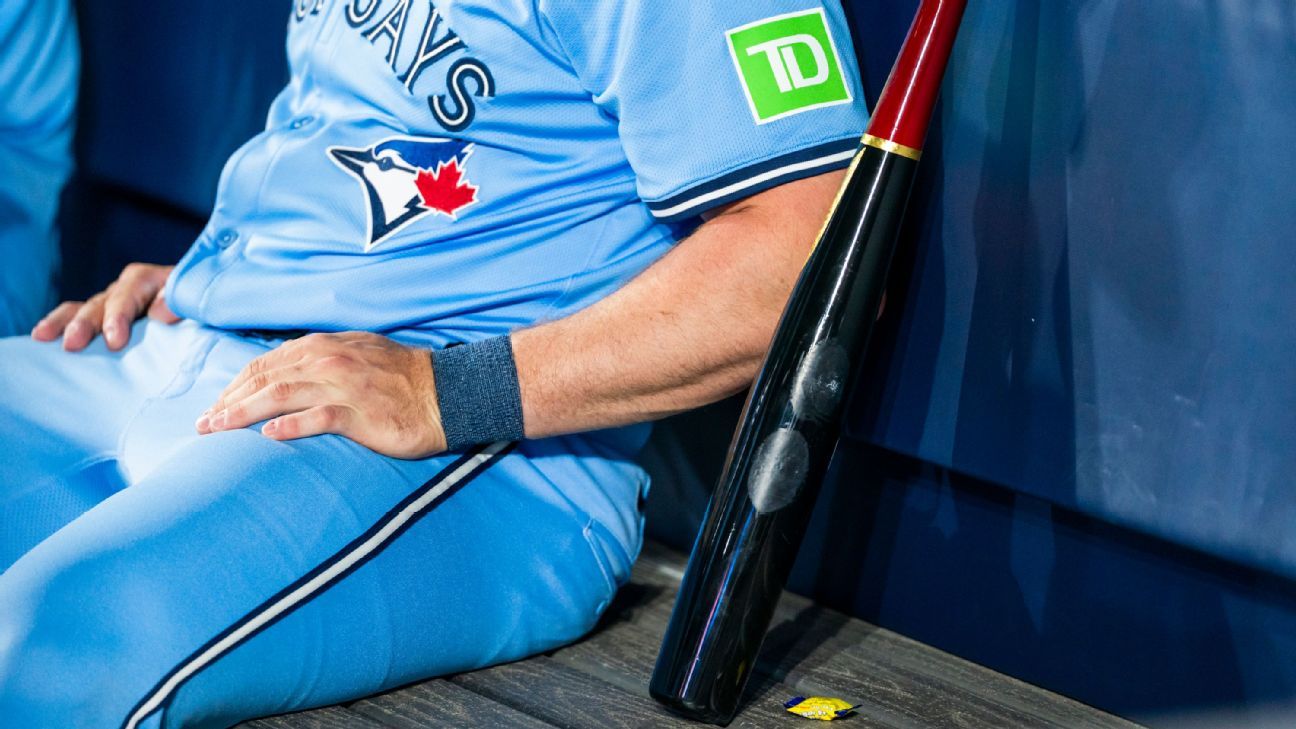

 Phone: (800) 737. 6040
Phone: (800) 737. 6040 Fax: (800) 825 5558
Fax: (800) 825 5558 Website:
Website:  Email:
Email: 






